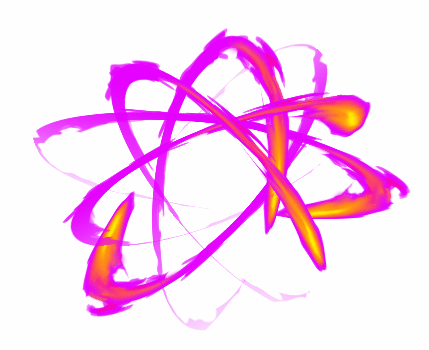Language support, linked meshes
March 3rd, 2016
We've been working hard on Spine, so let's bring you up to speed!
The v3.0 release has gone well. Most users had not been inheriting scale before v3, so weren't affected much, if at all. We quickly fixed up a few problems that are bound to arise after such a large release, and we're now pretty happy with the current state of things. Supporting skew was a big deal!
People are still exploring what can be done with skewing, but in time we expect to start seeing some really neat stuff. Here's a great example of a simple setup having an impressive end result:

More complex rigs will be really amazing. If you haven't seen it yet, this Zodiac Orcanon Odyssey rigging video shows off some very advanced Spine skeletons (forum thread) and is more than worth the watch:
In other news, today we are proud to have released v3.1! This has a number of good fixes and minor new features. For example, it can now export in headless mode, which means build servers can automatically perform exports. It has a new UI scale feature, which scales the entire UI for use on very large, 4K screens. However, there are two new features in v3.1 that really stand out.
Spine has gone multilingual! While the website has supported a number of languages for a long time, up until now Spine's user interface was limited to English. The main reason was that it's difficult to render Unicode fonts, but this was remedied with v3.0. Starting with v3.1, Spine now supports Chinese, Croatian, French, Japanese, Korean, Spanish, and Russian. Soon we'll also have German and Portuguese. Shortly after that, we'll be providing the entire Spine User Guide in Chinese, Japanese, and Korean.

The second big new feature solves a long standing problem: you create a mesh and animate it with FFD, but how do you reuse the mesh and FFD with different images? This use case is quite common, eg to change a character's images, or maybe to animate a flag once and use different images for different flags. Previously the answer was that you had to write code to swap out the images at runtime. Now the solution is what we call a "linked mesh". A linked mesh uses the same UVs, vertices, and weights as the source mesh. It can also optionally inherit the animated FFD that was applied to the source mesh. To create a linked mesh, click the button with a blue arrow next to the duplicate button:

You can then change the name or path of the new linked mesh to change which image it uses. Other than that, the linked mesh will look identical to the source mesh. Since it shares the same UVs, vertices, and weights, moving vertices will affect both meshes. To provide some warning that modifying the vertices will affect other meshes, the vertices are drawn with a halo around them:

The last restriction for linked meshes is that they must be under the same slot as the source mesh. However, they can be in different skins.
Another related change is that you can now copy and paste FFD keys from one mesh to another, as long as both meshes have the same number of vertices. This can be helpful in the situation where you can't use a linked mesh, so you can duplicate the mesh, then copy and paste the keys.
Discuss this post on the Spine forum.
